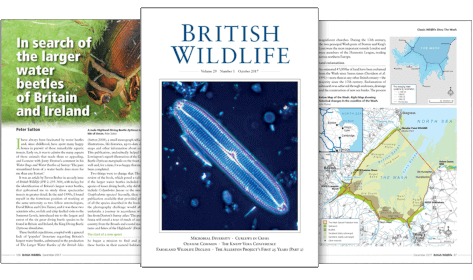About this book
Marking the 50th anniversary of the Ramsar Convention, the first modern multilateral environmental agreement, this timely book reflects upon the Convention's work and its wider impact upon the protection of aquatic resources and wetland-dependent species.
This comprehensive book examines how and to what extent the Ramsar Convention has worked to protect wetlands, while exploring how it has influenced and collaborated with other international and regional regimes. Contributions from an array of expert authors analyse the key approaches and innovations that have been applied to the global protection of wetlands, while also considering the crucial role that wetlands play in climate mitigation and in supporting the needs of humans and animals alike.
Filling a gap in the current scholarship by discussing the impact and implementation of this pioneering convention, Wetlands and International Environmental Law is an inspiring read for academics in international and regional environmental law. This discerning book is also of interest to those working in the fields of political science, international relations, and area studies with a particular environmental focus.
Contents
Contents Preface x
Introduction 1 / Royal C Gardner, Richard Caddell, and Erin Okuno
PART I THE RAMSAR CONVENTION - DEVELOPMENT AND INTERPRETATION
1. The Ramsar Convention at 50: Cultural narratives, enlightenment, and the Wetland Conservation Project 19 / Michael Bowman
2. The Ramsar Convention and the concept of consensus 52 / Royal C. Gardner
3. Ramsar sites and their ecological character: A cornerstone of the Ramsar Convention on wetlands 79 / Royal C. Gardner, Marcela Bonells, and Katherine Pratt
4. The 'wise use' of wetlands 105 / Edward J. Goodwin
5. Compensatory mechanisms and the loss of wetlands 131 / Jerneja Penca
6. Indigenous peoples and local communities: Wetlands management and the Ramsar Convention 153 / Simon Marsden
PART II WETLANDS AND THE INTERNATIONAL LEGAL ECOSYSTEM
7. Birds of a feather? The inter-relationship between the Ramsar Convention and the migratory waterbird regimes 179 / Melissa Lewis
8. The Ramsar Convention and the Convention on Biological Diversity: Proposals for Enhanced Cooperation, Synergies, and Interoperability for the Kunming-Montreal Global Biodiversity Framework 202 / Teresa Fajardo
9. The Ramsar Convention and general international water law: Complementary and mutually supportive regimes 231 / Owen McIntyre
10. The cultural values and services of wetlands: Evolution and obligations under the Ramsar Convention 265 / Evan Hamman
11. Wetlands, climate change, and international law 292 / An Cliquet
12. 'Within and without': EU nature conservation law and the protection of wetlands 319 / Richard Caddell
13. Rights of wetlands and the Ramsar Convention 361 / Erin Okuno
Customer Reviews
Biography
Edited by Royal C. Gardner, Hugh F. Culverhouse Professor of Law and Director, Institute for Biodiversity Law and Policy, Stetson University College of Law, USA, Richard Caddell, Reader in Marine and Environmental Law, School of Law and Politics, Cardiff University, UK and Erin Okuno, Assistant Professor of Law, Stetson University College of Law, USA.


































